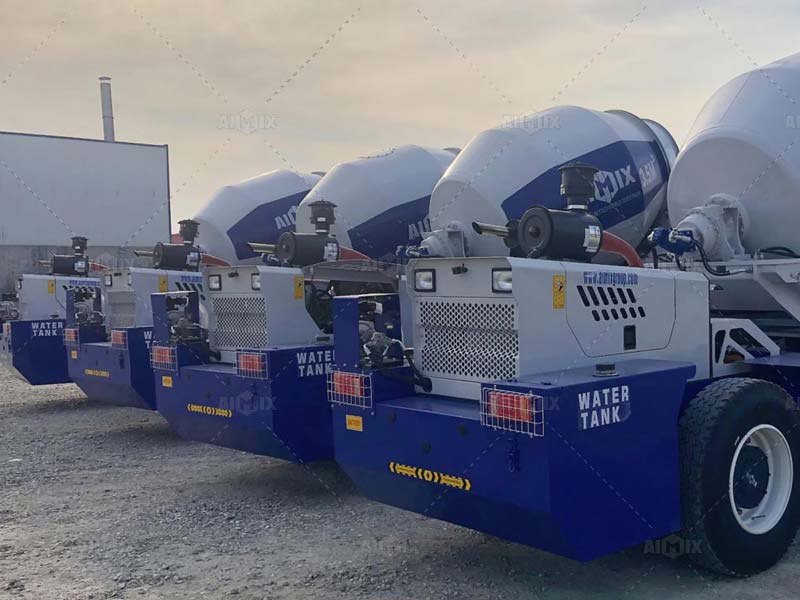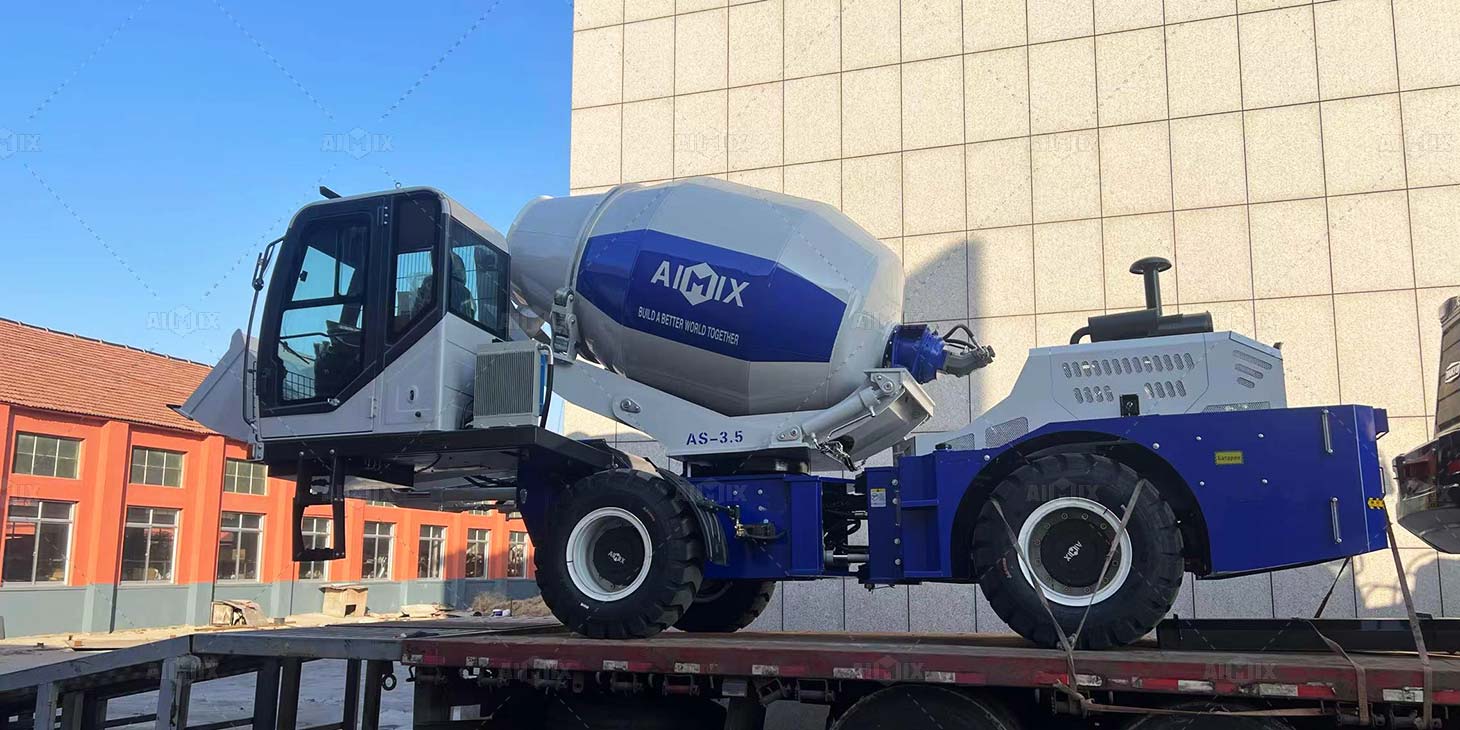In the realm of construction, efficiency and cost-effectiveness are paramount. One crucial decision that builders and contractors face is choosing between a self-loading concrete mixer and a traditional concrete mixer truck. Understanding the financial implications over the duration of a project is essential. Let’s delve into this comparison to uncover the nuances of cost-effectiveness.
Determining Initial Investment Costs
Initial Capital Outlay
When embarking on a construction project, one of the primary considerations is the initial investment required for equipment. Self-loading concrete mixers typically entail a higher initial capital outlay compared to traditional concrete mixer trucks. The advanced technology and multifunctionality of self loader mixer contribute to this higher cost. However, it’s essential to analyze this expenditure in relation to long-term savings and efficiency gains.

Operational Expenses
Beyond the initial purchase price, operational expenses play a significant role in determining the cost-effectiveness of equipment. Self-loading concrete mixers boast features such as automated mixing and loading capabilities, which can lead to lower labor costs and increased productivity. In contrast, traditional concrete mixer trucks may require additional manpower for tasks such as loading and unloading, impacting operational expenses over time.
Evaluating Long-term Maintenance Costs
Maintenance Requirements
Maintenance is an inevitable aspect of equipment ownership, and it’s crucial to consider the long-term maintenance costs associated with self-loading concrete mixers and traditional concrete mixer trucks. Self-loading mixers often feature advanced technology and robust components, which may require specialized maintenance and occasional repairs. Traditional mixer trucks, while simpler in design, still necessitate regular maintenance to ensure optimal performance. View more details here: https://aimixglobal.com/self-loading-mobile-concrete-mixer/.

Downtime and Repair Expenses
In addition to routine maintenance, downtime and repair expenses must be factored into the cost-effectiveness equation. Self-loading concrete mixers are designed to minimize downtime through efficient self-loading and mixing processes. On the other hand, traditional mixer trucks may experience downtime due to mechanical issues or manual loading processes, leading to potential delays and increased repair costs.
Analyzing Operational Efficiency and Productivity
Time-saving Features
Operational efficiency directly impacts the overall cost-effectiveness of equipment. Small self loading concrete mixer is equipped with time-saving features such as on-board weighing systems and adjustable discharge chutes, streamlining the concrete mixing and pouring process. This efficiency translates to reduced labor costs and increased productivity over the lifespan of a project.
Flexibility and Versatility
Another factor to consider is the flexibility and versatility offered by self-loading concrete mixers compared to traditional mixer trucks. Self batching concrete truck can access tight or confined construction sites with ease, reducing the need for additional equipment or manual labor. This adaptability contributes to overall project efficiency and cost-effectiveness.
In conclusion, while self-loading concrete mixers may require a higher initial investment compared to traditional concrete mixer trucks, their advanced features and operational efficiency often result in long-term cost savings and increased productivity. By carefully evaluating factors such as initial capital outlay, maintenance costs, and operational efficiency, builders and contractors can make informed decisions to optimize cost-effectiveness over the lifespan of a project.
